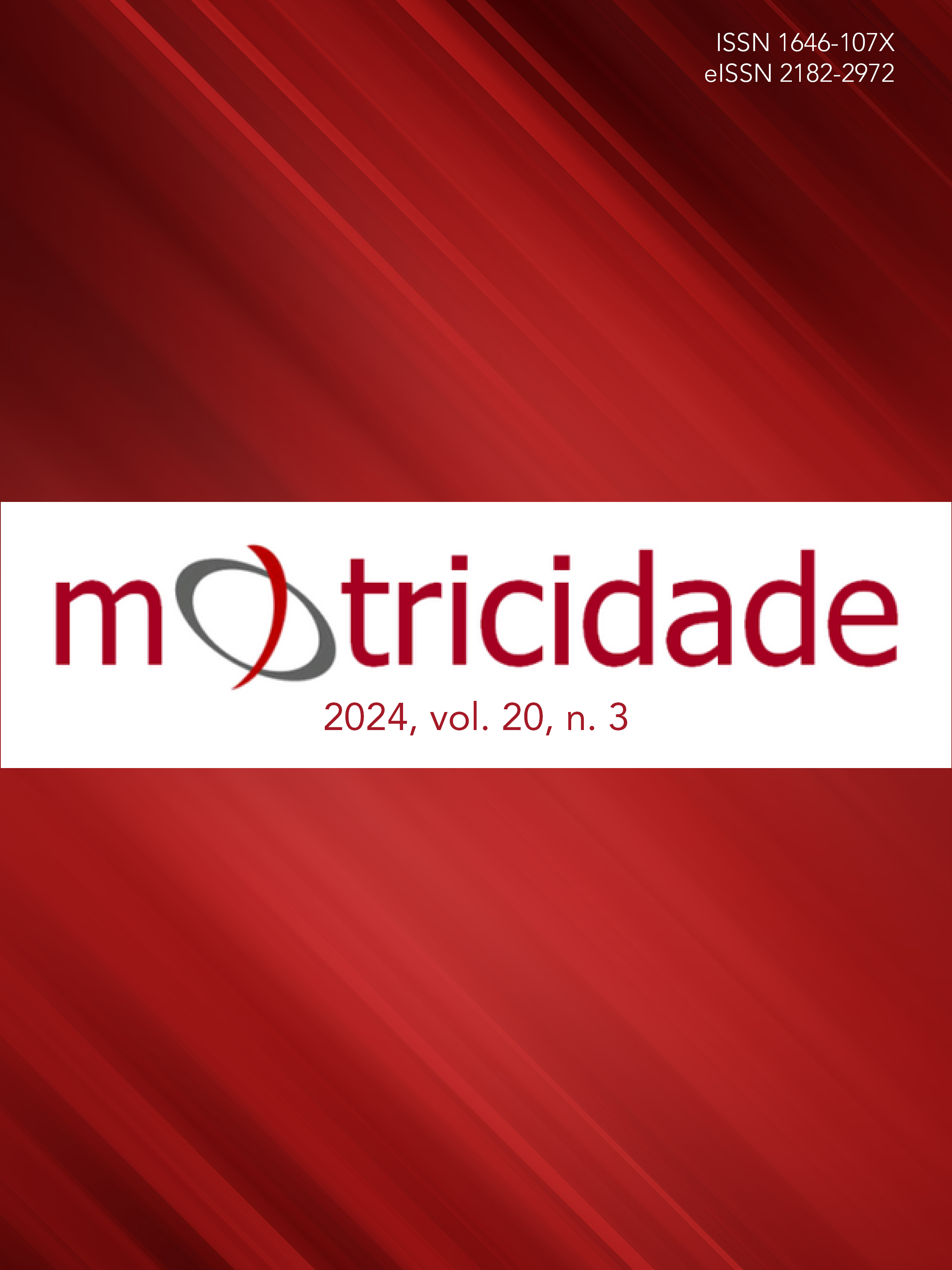Increased risk for signs and clinical symptoms associated with sedentary behaviour in people diagnosed with COVID-19: a retrospective observational study
DOI:
https://doi.org/10.6063/motricidade.33199Keywords:
Physical Activity, SARS-CoV-2, Sedentary lifestyle, Clinical outcomesAbstract
This study aimed to verify the association between sedentary behaviour (SB) and clinical signs and symptoms in individuals with COVID-19. Five hundred nine people diagnosed with COVID-19 were cross-sectionally assessed by telephone interviews. Sociodemographic characteristics, clinical signs and symptoms and SB (IPAQ-SV) were obtained. It was found an association between increased sedentary behaviour (ISB) and clinical signs/symptoms of COVID-19 (p<0.05). Controlling for the variables age, body mass index and moderate/vigorous physical activity, men with ISB had a higher occurrence of headache (OR 2.357; 95% CI 1.312-4.232) and cough (OR 2.508; 95% CI 1.268-4.959), women with ISB had a reduction in fatigue or tiredness (OR 0.574; 95% CI 0.353-0.932). Four or more hours of SB increased the risk of headache and cough in men. Women experienced reduced symptoms of fatigue/tiredness during COVID-19 diagnosis.
Downloads
Published
Issue
Section
License
The authors of submitted manuscripts must transfer the full copyright to Journal Motricidade / Sílabas Didáticas Editions. Granting copyright permission allows the publication and dissemination of the article in printed or electronic formats, and copyrights start at the moment the manuscript is accepted for publication. It also allows Journal Motricidade to use and commercialise the article in terms of licensing, lending or selling its content to indexation/abstracts databases and other entities.
According to the terms of the Creative Commons licence, authors may reproduce a reasonable number of copies for personal or professional purposes, but without any economic gain. SHERPA/RoMEO allows authors to post a final digital copy (post-printing version) of the article on their websites or on their institutions' scientific repository.


